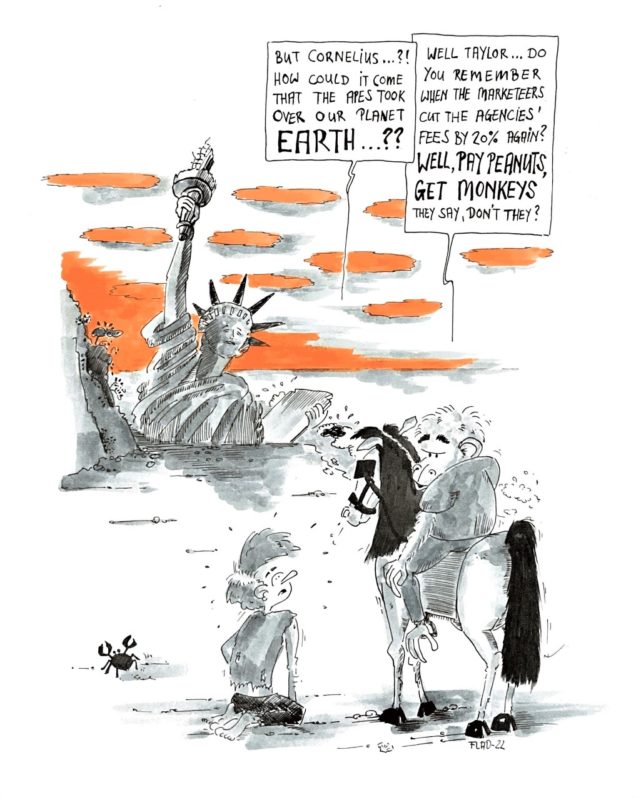Woolley Marketing: Paying more or less for your agency fees
In his regular column for Mumbrella, Trinity P3 founder and global CEO Darren Woolley explores the subject of agency fees and salaries.
Agency salaries are on the rise. That is according to the agency leaders who find themselves competing to attract and retain the top talent. But it should not be a surprise, since the industry has enjoyed basically static, and in real terms, negative salary growth for more than a decade. Since we started monitoring and analysing agency salaries and fees, more than two decades ago, it has been more surprising how stable agency salaries have been.
In the face of a global talent shortage, exacerbated by the pandemic, agency salaries are rising. But not across the board and only for the in-demand, top tier talent in key roles. This is not a situation unique to Australia. Advertising agencies around the world are struggling to attract and keep talent. In the US this is called the Great Resignation.



Pretty sure these days you don’t get the Monkeys for peanuts – especially not with the AI overlords expecting consistent 30%-ish margins!